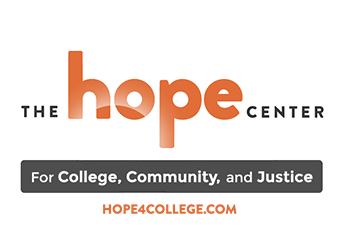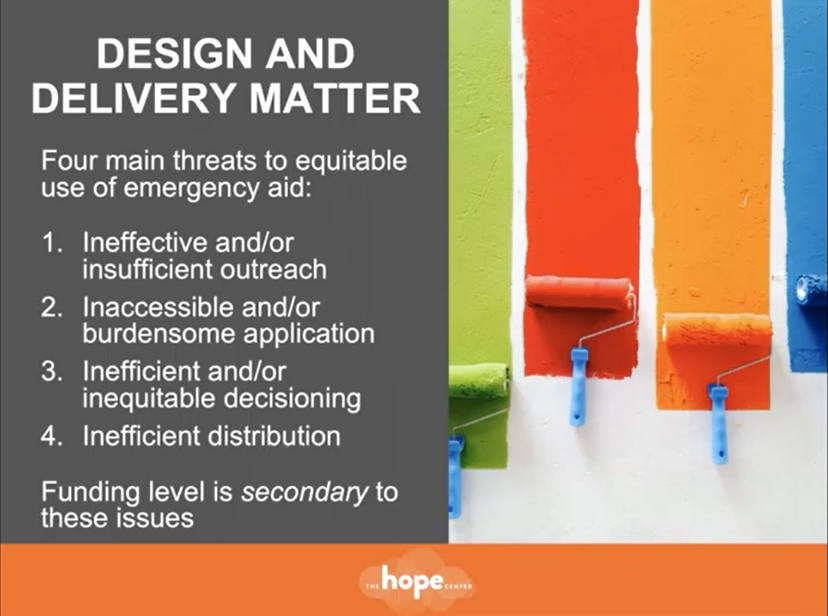 When Congress passed the Coronavirus Aid, Relief, and Economic Security Act (CARES) Act in the Spring of 2020, it directed $14 billion towards the newly-established Higher Education Emergency Relief Fund (HEERF) to provide emergency financial aid for college students in need. Florida institutions of higher education received an estimated $760.9 million in federal aid money to offset losses due to the pandemic and were required to give 50% of their aid directly to students in the form of emergency grants and assistance.
When Congress passed the Coronavirus Aid, Relief, and Economic Security Act (CARES) Act in the Spring of 2020, it directed $14 billion towards the newly-established Higher Education Emergency Relief Fund (HEERF) to provide emergency financial aid for college students in need. Florida institutions of higher education received an estimated $760.9 million in federal aid money to offset losses due to the pandemic and were required to give 50% of their aid directly to students in the form of emergency grants and assistance.
Many colleges and universities already had emergency aid (EA) programs in place, often funded by philanthropic or institutional dollars. However, these programs had to shift quickly to aid more students, much more quickly. In FCAN’s recent story on College during COVID-19, we highlighted a student who used EA to help pay for her housing amidst financial instability during the pandemic.
To better understand how institutions deployed their EA programs to help students, the HOPE Center for College, Community, and Justice is undertaking a study of 155 colleges and universities in 42 states, including several Florida institutions, to understand how they disbursed their CARES dollars. In a webinar on January 19, the HOPE Center shared their preliminary findings and offered suggestions for how programs can support equitable access and student success through EA in the future.
Although most institutions surveyed already had EA programs in place, the HOPE Center found institutions lacked the capacity to accept and process applications and disburse funds quickly. While research suggests the optimal timeline for fund distribution is 48 hours or less, students waited an average of 13 days for support during the pandemic. For students with children, first-generation students, or students with less access to family help, 13 days may be too long.
One positive finding: universities improved their outreach to market available CARES dollars to students, relying on technology to share information with the broader student population. Most universities surveyed increased use of the institution’s websites, direct communication, and social media to get the word out. Clear communication is essential: pre-pandemic, the HOPE Center found that 2 in 3 students experiencing Basic Needs Insecurity (BNI) didn’t know about EA programs or thought they were ineligible.
Often, EA applications are not student friendly. When applications are lengthy or must be completed in-person during business hours, that presents a barrier for students to apply. The HOPE Center found most universities tweaked their application process to better serve the immense number of students in need. Perhaps to speed up the application process, many universities used administrative data such as FAFSA records to identify potential students for EA. Yet FAFSA records can be outdated and not tell the entire story of a students’ situation. For example, FAFSA data filed in 2019 would not reflect financial instability directly related to the pandemic.
Russell Lowery-Hart, President of Amarillo College and previously a speaker on an FCAN webinar about anti-poverty work at his institution, shared what he learned rapidly reworking EA to aid more students during the pandemic. His school emailed every student at the college, asking them to self-assess their level of financial crisis on a scale from 1-5. Students who rated themselves a 4 or 5 automatically had an employee personally reach out. Through these emails, the college identified 71 students that were not homeless before the crisis who became homeless during the pandemic and needed help finding a place to live. As Lowery-Hart shared, while this process is complicated, it needs to be complicated on the administrative end and not for the students. Ultimately, of the Amarillo students that got CARES Act funding in the fall, 86% of them were retained to the spring semester, keeping them on their path to completion.
Emergency aid matters. Many students live on the edge, just one crisis away from not having the funds to stay in school and finish their degree. Yet, it is difficult to ensure effective disbursement of EA, particularly when so many students are financially unstable.
According to data presented at the January 27th meeting to the Florida Board of Governors, most of the initial CARES money set aside for student aid has been distributed by Florida’s State University System, with only about 3% of the funding left. There is more money expected soon: the Coronavirus Response and Relief Supplemental Appropriations Act, 2021 was signed by President Trump in late December, and President Biden has signaled he would dispense further funds towards higher education, including direct emergency grant money. Basic needs insecurity is a common reason students drop out. To ensure Florida students stay on track to complete their postsecondary education and keep the state Talent Strong, the HOPE Center offers important lessons to support our most financially insecure.
RELATED ARTICLES:
Nearly 3 in 5 college students struggle with food, housing insecurity due to COVID-19
Visit FCAN’s COVID-19 Resources & Information section


